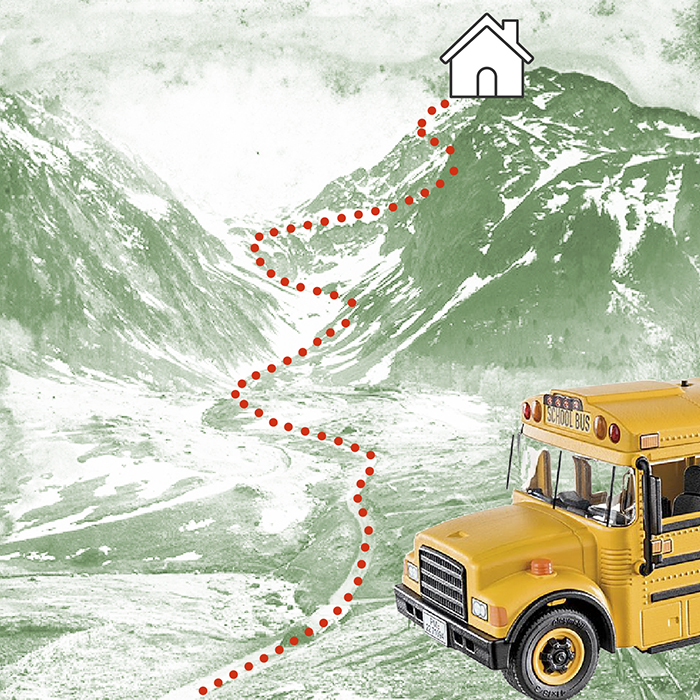
Those who have experienced early adversity may need extra help to ensure their well-being at school. Challenging behaviours may be linked to a child’s early life experiences, and strategies that succeed in the classroom with other children may not prove effective with them. Parents and caregivers can provide information about any specific needs or things to keep an eye on, together with strategies to facilitate their adjustment and well-being. A meeting before classes start offers the opportunity to obtain information about the young person’s interests, strengths and concerns, which can be precious for teachers.
Some cases require you to define a joint plan to accompany the transition, with communication mechanisms between the parties essential for some.
It is crucial to ensure that all staff, including ancillary staff, are aware of any specific needs a child may have. You can browse the Brighter Future Library to find information about specific concerns, including xxxxx, xxxxxx, xxxxx.
Of course, no two kids are the same. But there are some strategies which they and their caregivers have told us have improved their experiences when moving from primary to secondary school:
How parents or primary caregivers approach this transition can shape a young person’s experience. Here are some recommendations that may help:

The BRIGHTER FUTURE project has been funded with support from the European Commission. This publication reflects the views only of the authors, and the Commission cannot be held responsible for any use which may be made of the information contained therein.
